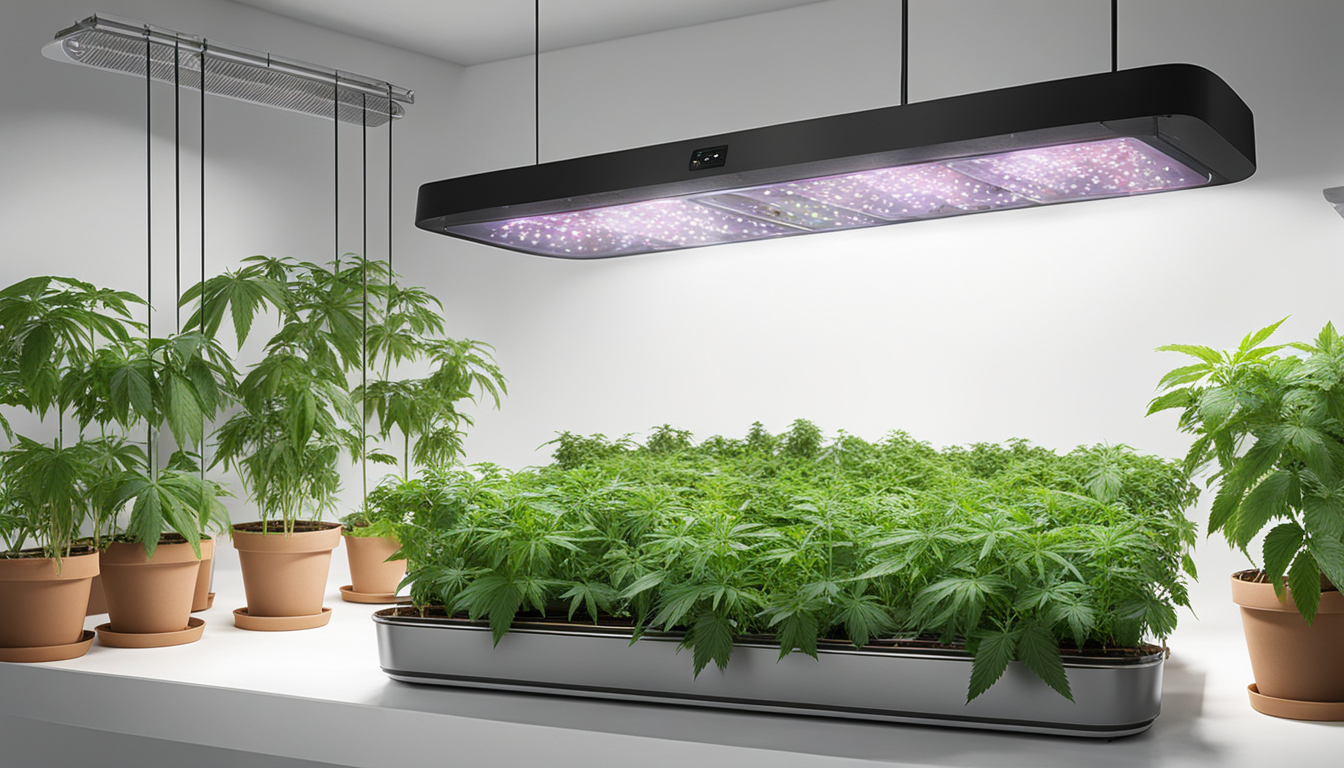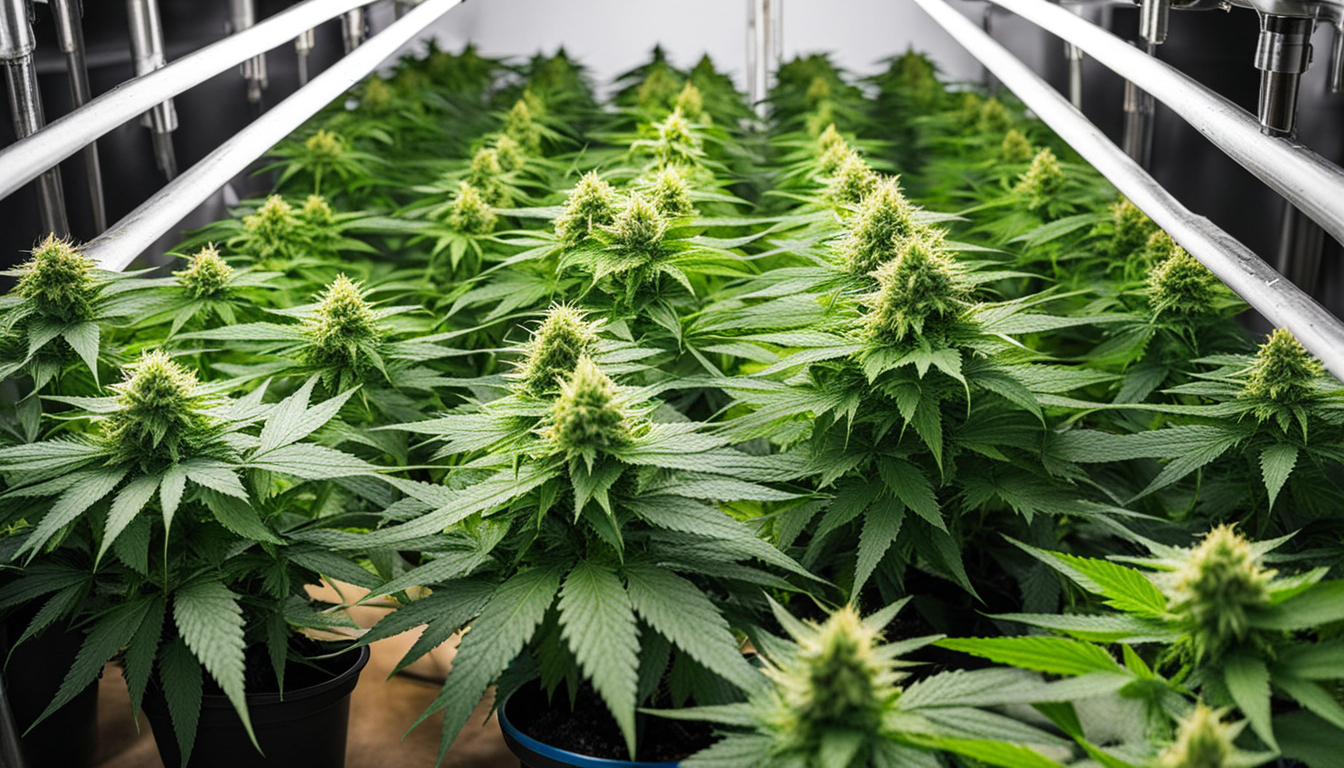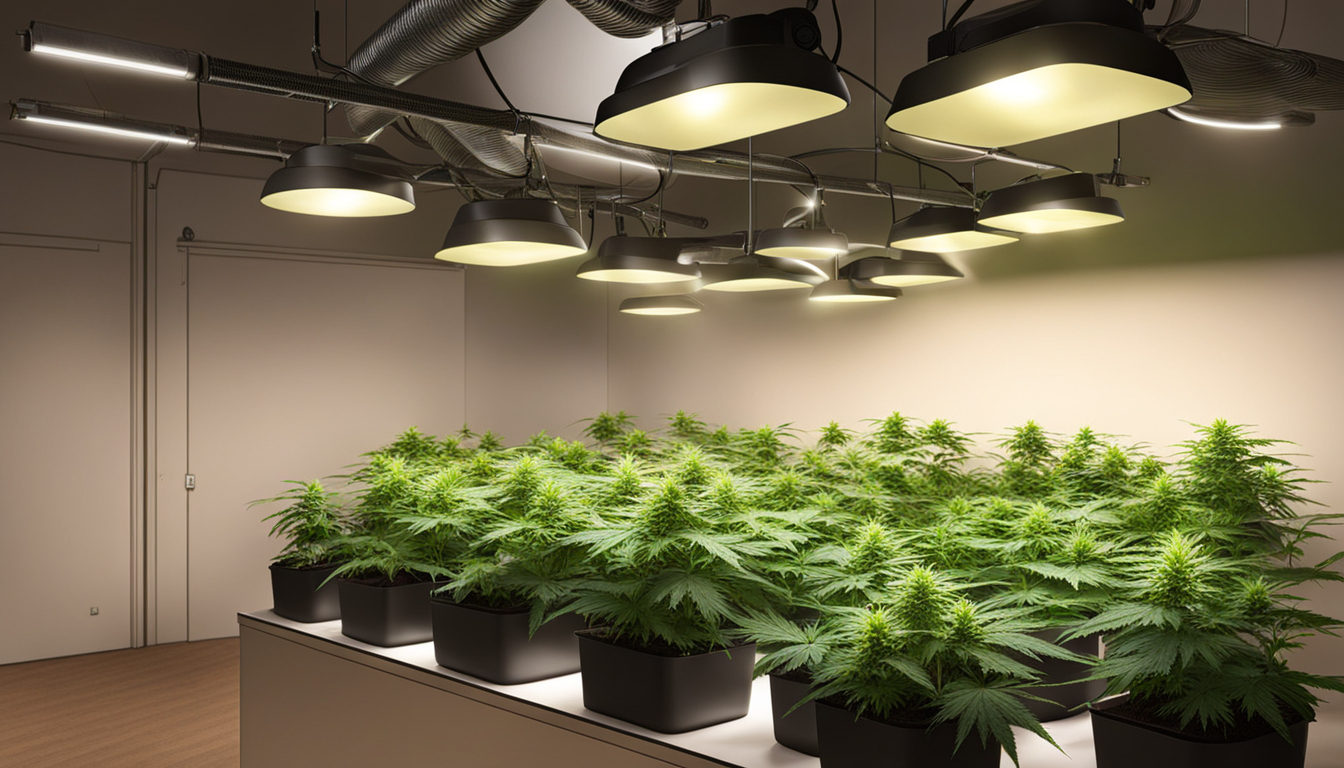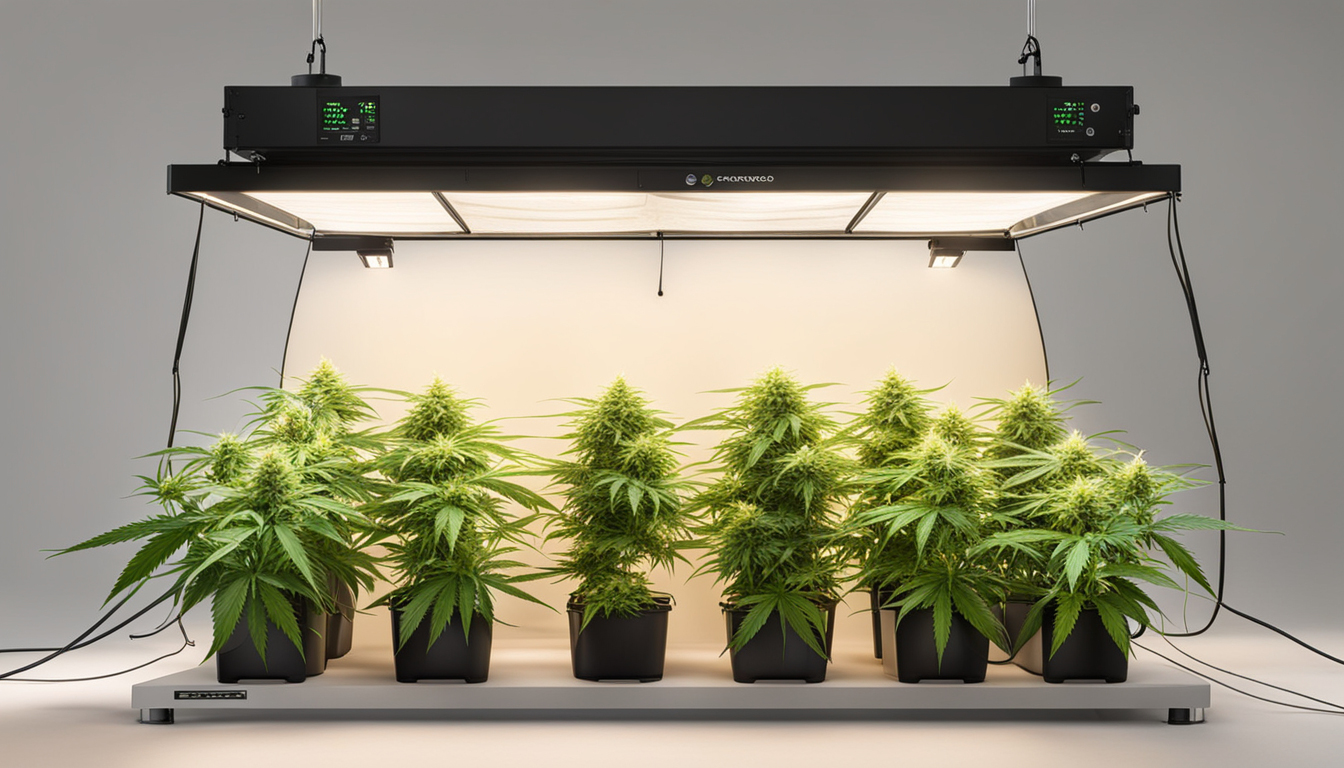
Whether you're beginning marijuana production or looking to improve your existing grow, following this complete guide will help you produce big, high-quality yields right at home. With the right gear, strategies, and attention, growing weed indoors can be an extremely satisfying and cost-effective endeavor.
Choosing Marijuana Varieties
The first step in planning your indoor grow is picking the right weed varieties to grow. The three main types of pot plants each have their own qualities.
Energizing strains
Known for their uplifting cerebral effects, sativas grow tall and slender with narrow leaves. They flourish in hotter tropical climates and have a longer blooming time between 2.5-3 months indoors. Top energizing varieties include Sour Diesel, Durban Poison, and Jack Herer.
Indicas
Indicas provide calming body-focused effects and spread short and bushy with wide leaves. Accustomed to cooler mountain climates, they flower faster within 8-9 weeks. Popular indica strains include Granddaddy Purple, Northern Lights, and Bubba Kush.
Hybrids
Hybrid varieties mix traits from both energizing strains and relaxing strains. They offer blended effects and have medium blooming times around 2.25-2.5 months. Popular mixes are Blue Dream, OG Kush, and Blue Dream.

Setting Up Your Grow Space
Cannabis plants need the right controlled environment to succeed. Key factors for indoor cultivations are lights, ventilation, layout, and finding the ideal discreet location.
Location
Choose an available space with direct access to water and electrical outlets. An empty spare room, large closet, corner of the basement, or cultivation tent tucked away in a garage all make great stealthy cultivation room spots.
Lights
Weed requires intense light for all vegetative stages. LEDs are efficient and come in full spectrum options mimicking real sunlight. Cover 250-400 watts per square foot for the vegetative stage and 400-600 watts per sq. ft. for flowering.
Airflow
Proper ventilation and exhaust systems maintain ideal temp, humidity, and fresh CO2 levels. Set up silent 4-6 inch fans or carbon filters to circulate stale air and reduce smells.
Layout
Maximize your space by positioning plants strategically under the lamps and allowing room to access and work around them. Set up distinct zones for vegetation, flowering, curing, and cloning.

Cultivation Substrates
Weed can be cultivated in different mediums, each with benefits and cons. Pick a suitable option for your particular setup and cultivation style.
Soil
The classic substrate, soil is affordable and simple for new growers. It provides great taste but requires more irrigation and nutrients to nourish plants. Enrich soil with perlite or coco to enhance drainage.
Coconut coir
Made from coir, reusable coco coir retains water but still lets in air to the roots. It's cleaner and more consistent than soil. Use coir-specific nutrients to prevent accumulation.
Hydroponics
In water systems, plant roots develop directly in fertilizer irrigation solution. This allows quick development but needs close observation of solution chemistry. Deep water culture and irrigation systems are common methods.
Germinating Seeds
Germination prepares your cannabis seeds to begin growing radicles. This prepares them for planting into their cultivation medium.
Paper Towel Method
Place seeds between moist paper towel and keep them moist. Inspect after 2-7 days for emerging radicles showing germination is complete.
Direct Planting
Plant seeds directly into wetted cultivation medium 1⁄4 inch deep. Gently water and wait 1-2 weeks until seedlings break through the surface.
Rockwool Cubes
Soak cubic rockwool starters in balanced water. Insert Learn More seeds 6mm deep into the cubes. Keep cubes wet until sprouts emerge within 1-14 days.
Repotting Young plants
Once germinated, cannabis seedlings need to be repotted to prevent overcrowding. Move them into appropriately sized pots.
Ready Containers
Load final pots with growing medium enriched with time-released fertilizer. Allow containers to absorb water overnight before repotting.
Gently repotting
Carefully separate seedling roots from germination medium using a spoon. Put into pre-soaked pot at equal depth as before and lightly water in.
Vegetative Stage
The growth stage encourages foliage and plant form through 3/4 to full day of daily light exposure. This stage usually lasts 4-8 weeks.
Providing 3/4 to full day of Lighting
Use lamps on a 24 daily schedule or outdoor light to initiate constant photosynthesis. Light intensity influences size and internodal spacing.
Fertilizing
Use grow stage fertilizers richer in N. Make sure pH remains around 6.5 for proper nutrient absorption. Feed 1⁄4 to 1⁄2 strength after 2 weeks and increase gradually.
LST and topping
Fimming, LST, and trellising direct shoot shapes for flat foliage. This boosts yields.

Bloom Stage
The blooming stage grows buds as plants show their sex under a 12/12 light timing. It lasts 2-3 months based on strain.
Changing Light Schedule
Change lamps to 12/12 or move outdoors for outdoor 12 hour cycle. This signals plants to start blooming.
Flushing
Flushing removes nutrient salts to enhance flavor. Fertilize lightly the first period then just use pH'd water the last 2 weeks.
Flushing
Continue 12/12 light timing but leach using neutral pH water only. Resume plain watering if buds aren't yet mature after two weeks.
Harvesting
Recognizing when marijuana is fully ripe ensures peak potency and aroma. Harvest plants at optimal ripeness.
Identifying Ripeness
Look for fading pistils, swelling calyxes, and 10-15% amber trichomes. Inspect buds across the plant as they don't all mature evenly.
Harvesting plants
Use sterilized, razor-sharp pruning shears to gently slice each plant at the base. Leave 5-10cm of stem attached.
Drying
Suspend whole plants or colas inverted in a dark room with moderate temp and humidity around 45-65% for 7-14 days.
Curing
Aging continues desiccating while aging the buds like fine wine. This technique smooths bitterness and further develops cannabinoid contents.
Jars and Humidity
Trim cured buds from stems and store into Find Out More sealed containers, filling about 75% capacity. Use a hygrometer to monitor jar moisture.
Opening jars daily
Open containers for a few hours each day to slowly lower moisture. Remoisten buds if RH drops below 55%.
Long term storage
After 2-3 weeks when moisture levels off around 55-65%, do a final manicure and store forever in sealed jars.
Common Problems and Solutions
Even seasoned growers run into different cannabis plant problems. Detect issues soon and address them correctly to maintain a strong garden.
Nutrient Deficiencies
Chlorosis often indicate inadequate nitrogen. Anthocyanins and leaves show low phosphorus. Check pH and boost nutrients slowly.
Pests
Thrips, aphids, fungus gnats, thrips, and nematodes are frequent weed pests. Request More Info Use organic sprays, ladybugs, and yellow traps for natural control.
Mold
Excessive moisture encourages botrytis and bud rot. Increase circulation and circulation while reducing humidity under 50% during bloom.

Summary
With this complete indoor pot cultivation guide, you now have the knowledge to cultivate bountiful strong buds for personal harvests. Apply these techniques and methods throughout the seed starting, growth, and bloom stages. Spend in quality equipment and carefully check on your plants. In time, you'll be rewarded with frosty aromatic buds you raised yourself under the patient guidance of your green hands. Happy growing